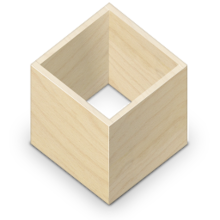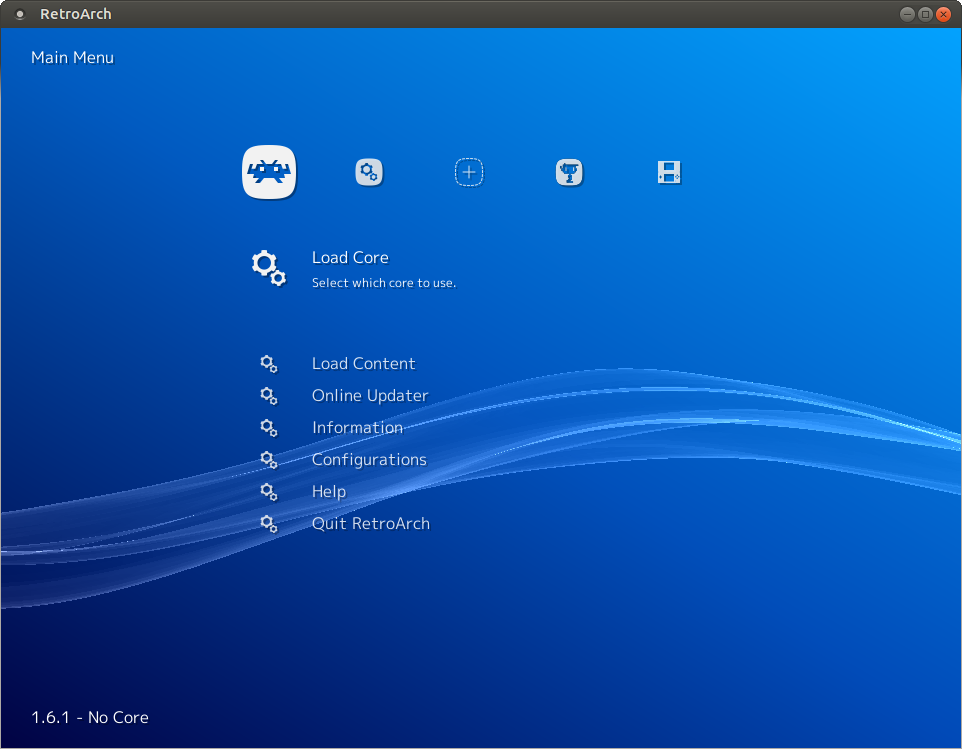 Installing RetroArch on Linux has just become a whole lot easier with the use of Flatpak. Flatpak provides a common standard in which to install sandboxed applications across many different Linux operating systems and desktop environments. Along with the Flathub repository, installing RetroArch with Flatpak becomes a breeze.
Installing RetroArch on Linux has just become a whole lot easier with the use of Flatpak. Flatpak provides a common standard in which to install sandboxed applications across many different Linux operating systems and desktop environments. Along with the Flathub repository, installing RetroArch with Flatpak becomes a breeze.
Install Flatpak
The first thing to do when getting up and running with Flatpak is to install it. There are many different ways to install Flatpak, so I’ll let you decide the best for your distribution. Once installed, you should be able to run the following command to see how to use it:
flatpak --help
Add Flathub
Much like your favourite package manager, Flatpak uses repositories to manage available applications. Flathub is a quickly-growing Flatpak repository, which is where RetroArch is available from. To let Flatpak know about Flathub, you’ll have to add the repository to your remotes:
flatpak remote-add --user --if-not-exists flathub https://flathub.org/repo/flathub.flatpakrepo
Install RetroArch
Now that the flathub remote is available, you can now install RetroArch on Flathub:
flatpak install --user flathub org.libretro.RetroArch
Run RetroArch with Flatpak
When RetroArch is installed through Flatpak, it will automatically become available through the system menu and you can run it as normal. Alternatively, you can also run it through the terminal:
flatpak run org.libretro.RetroArch

With Flatpak, you can install applications on Linux very easily, no matter what distribution or desktop environment you use. Flatpak repositories like Flathub provide a central hub in which to keep applications up to date. This revolutionises the way applications can be installed on Linux, and provides just one more easy way to install RetroArch.


